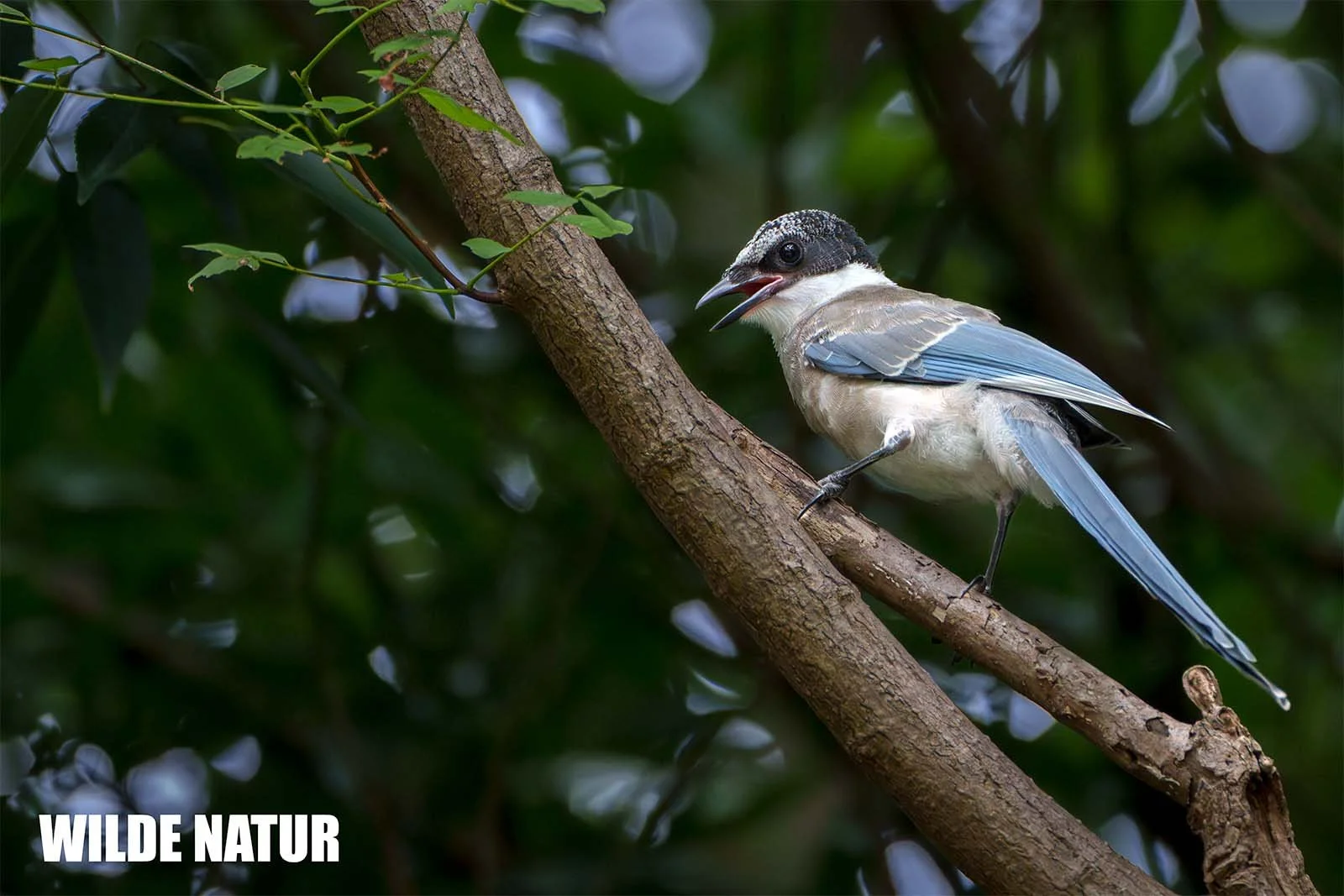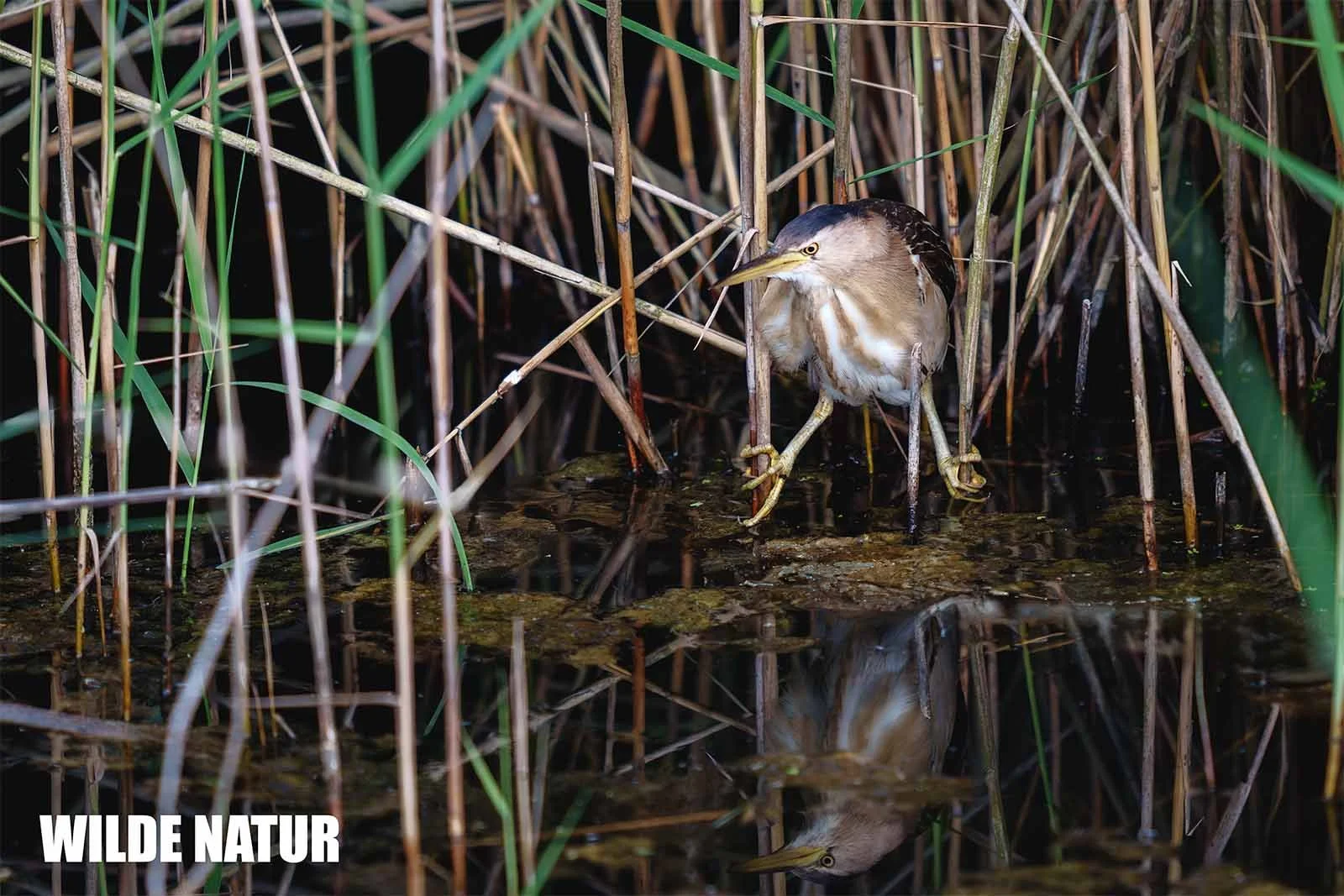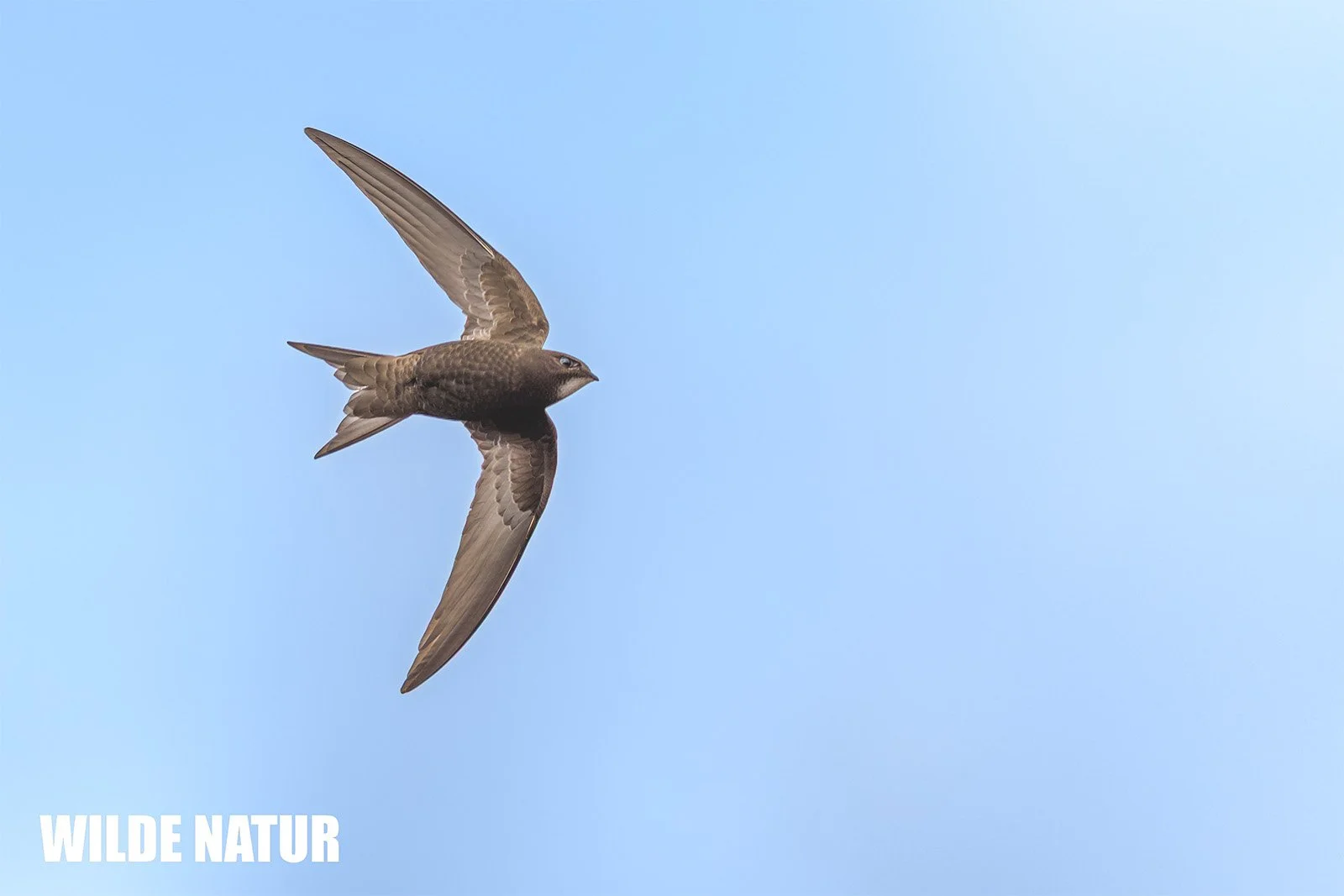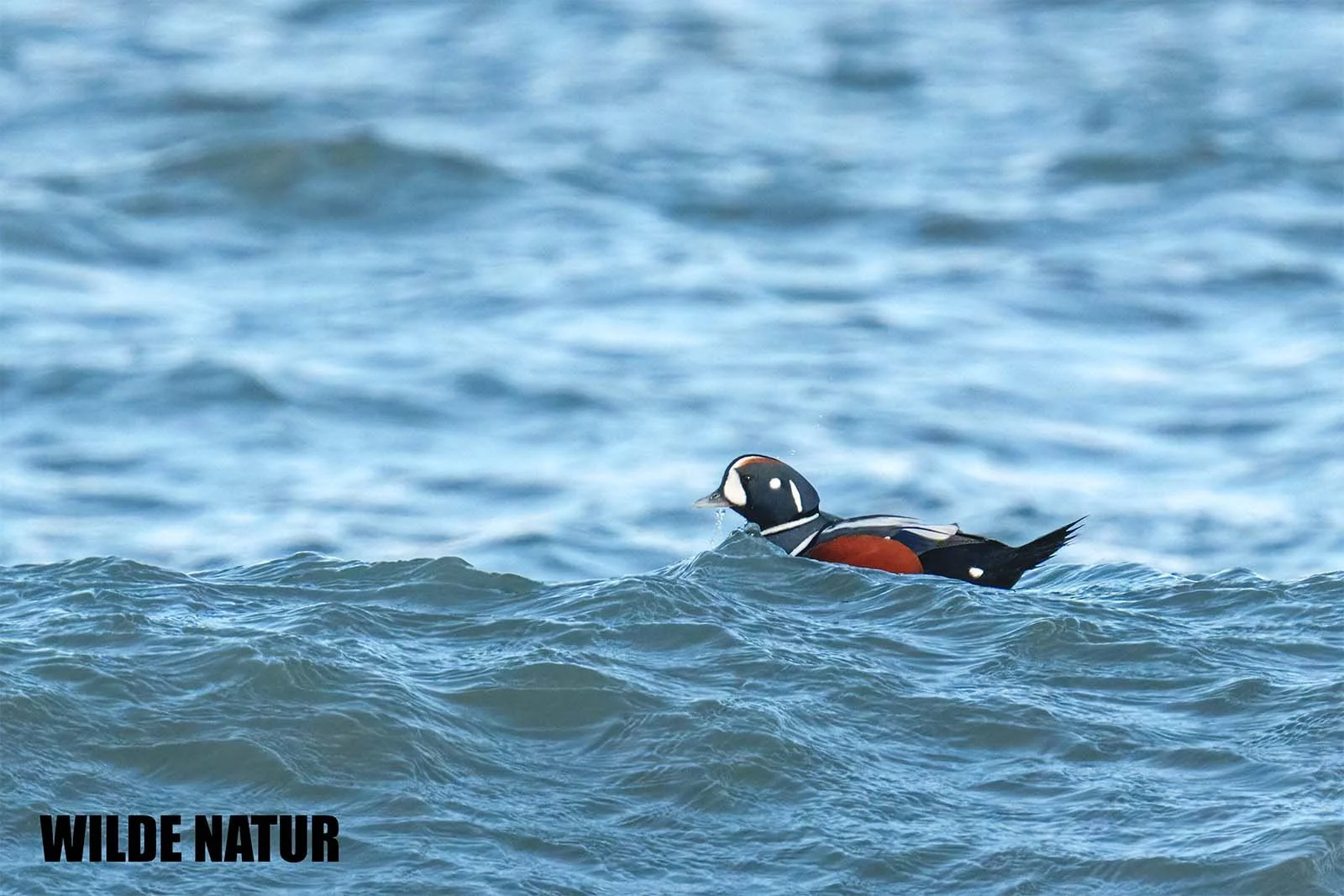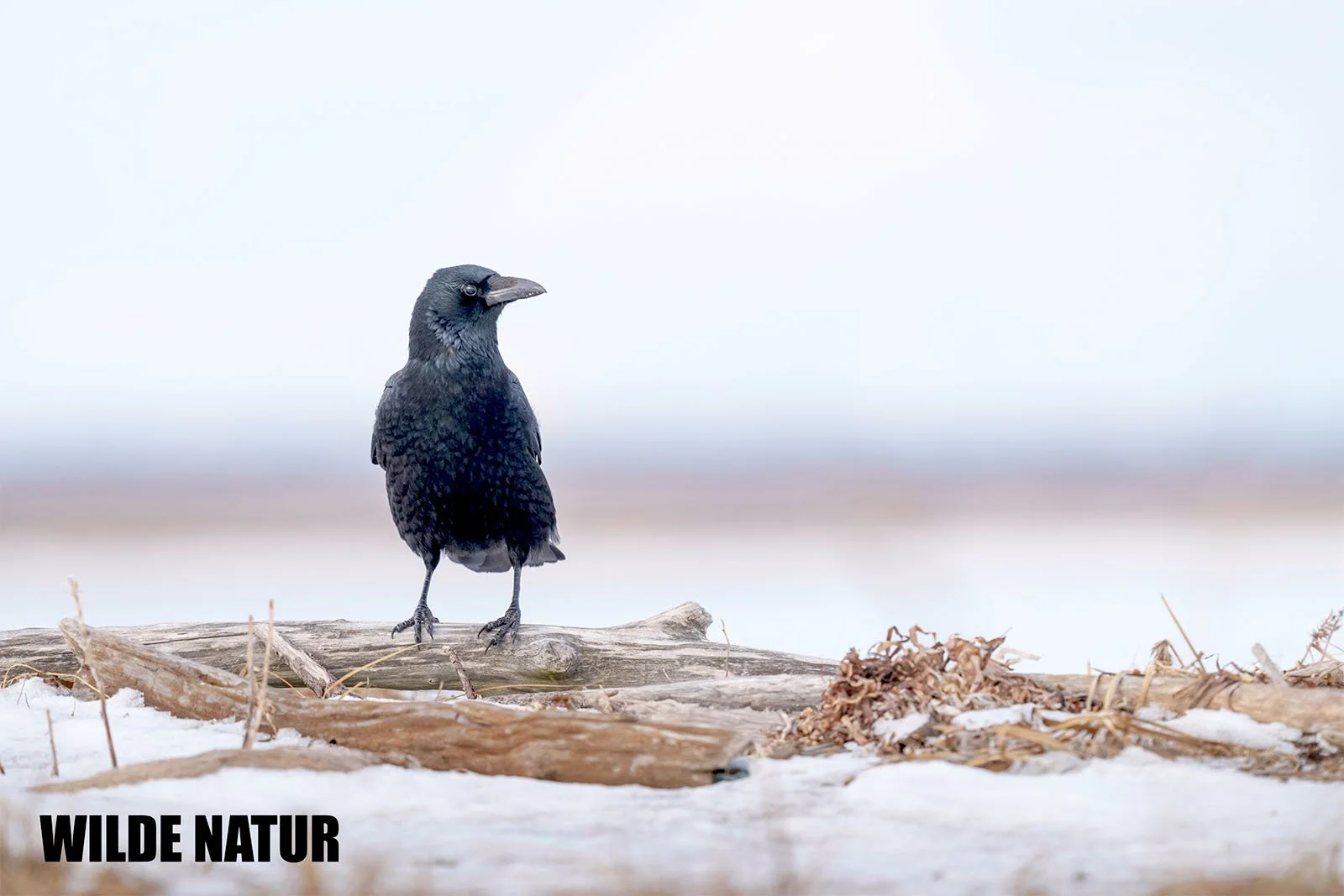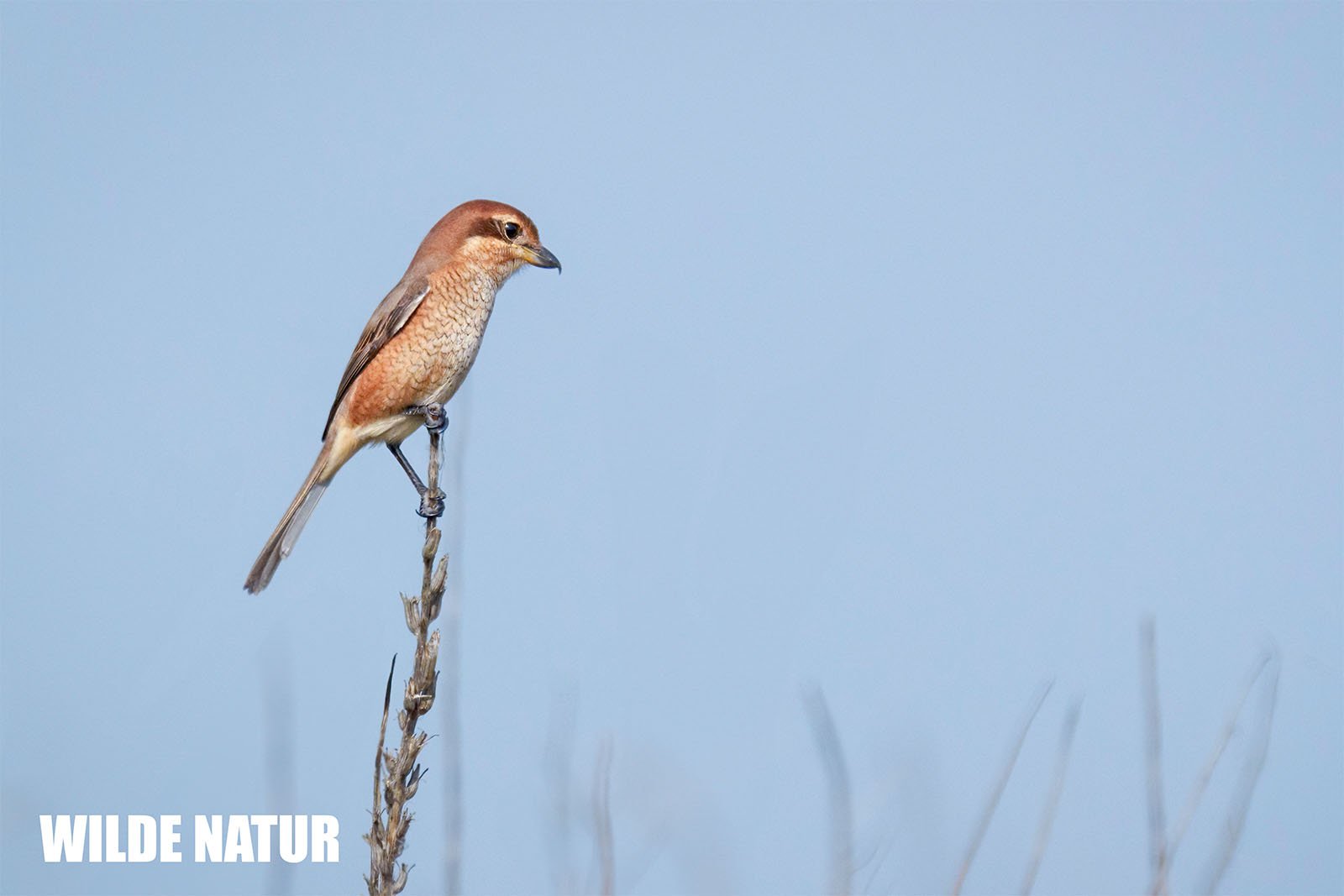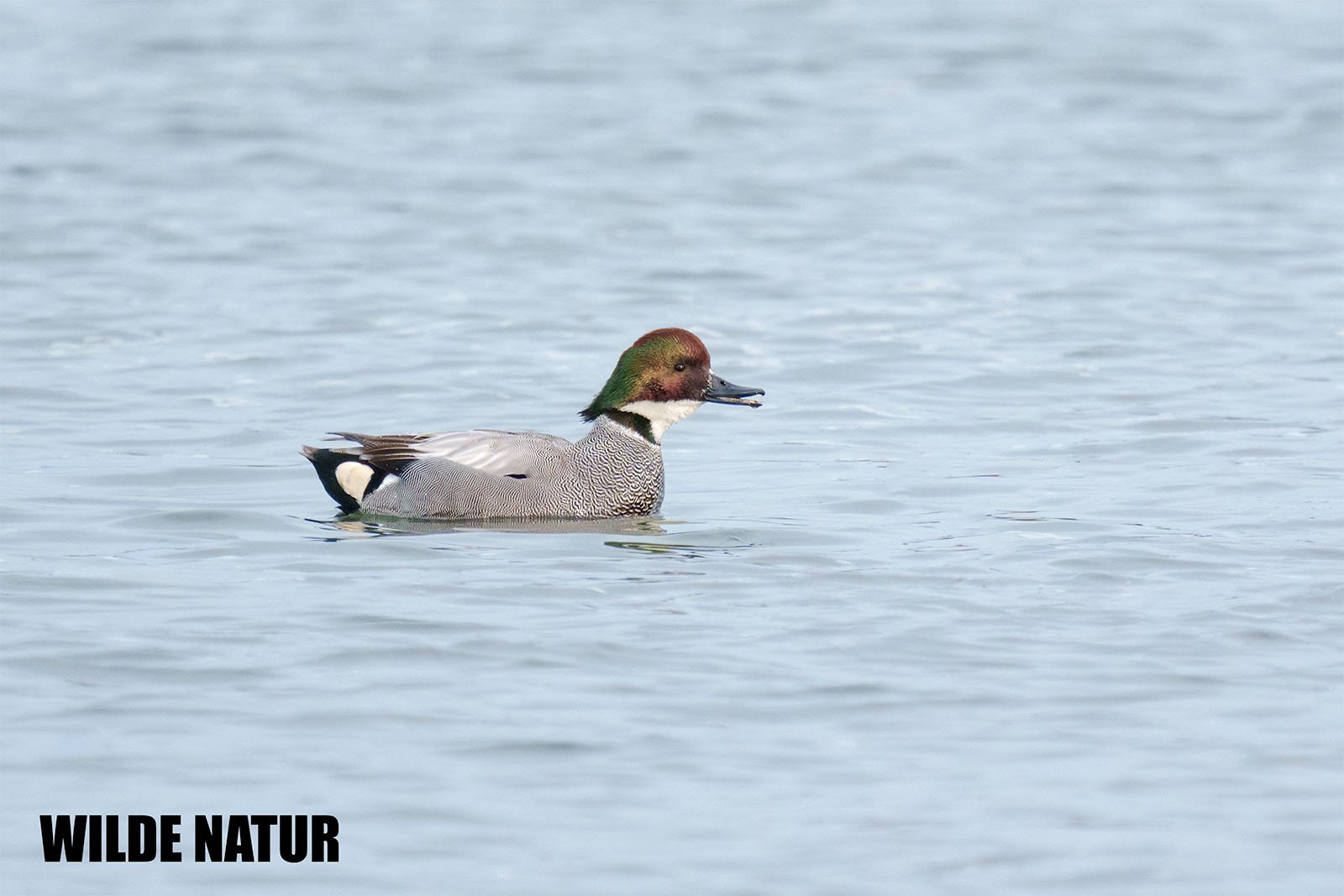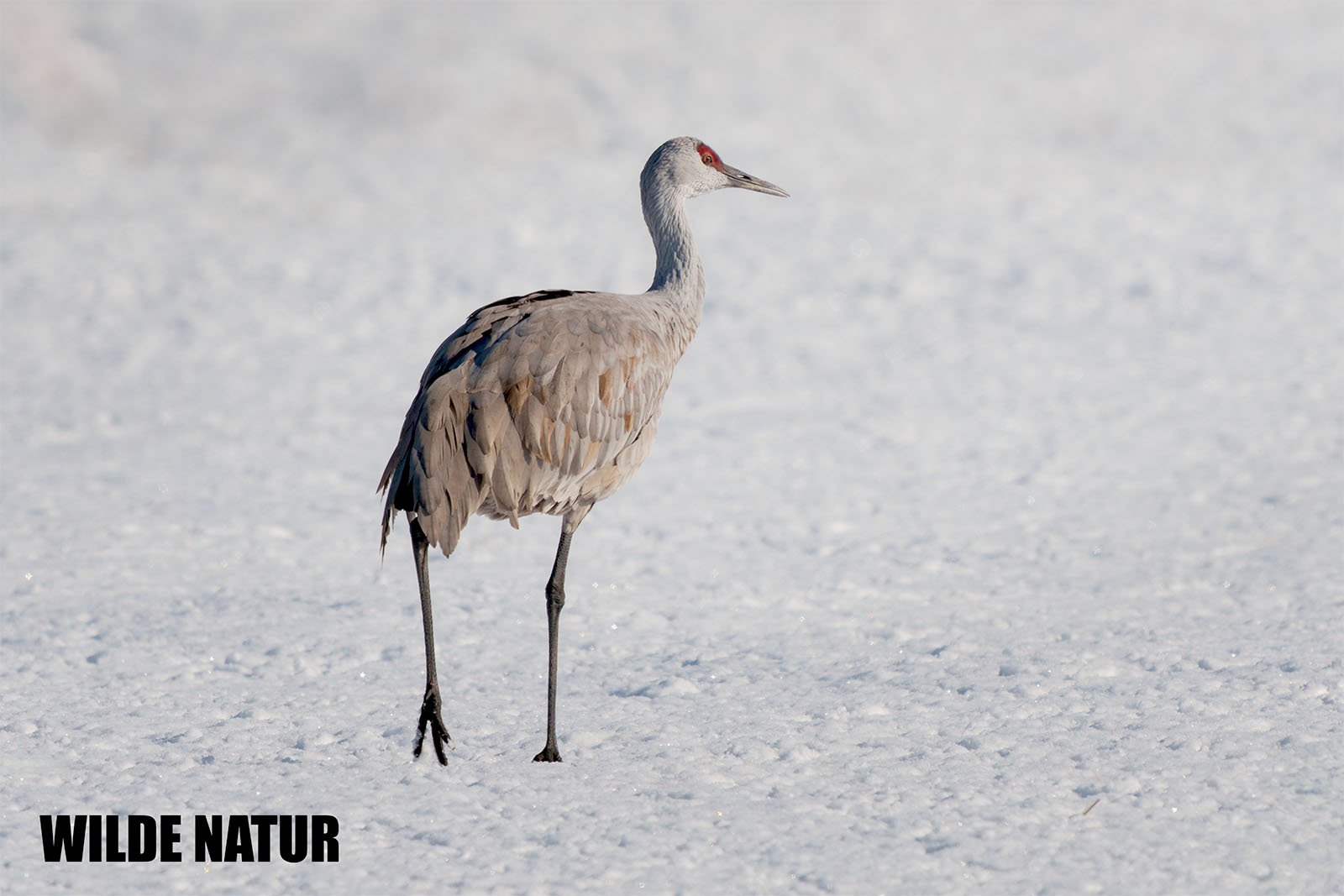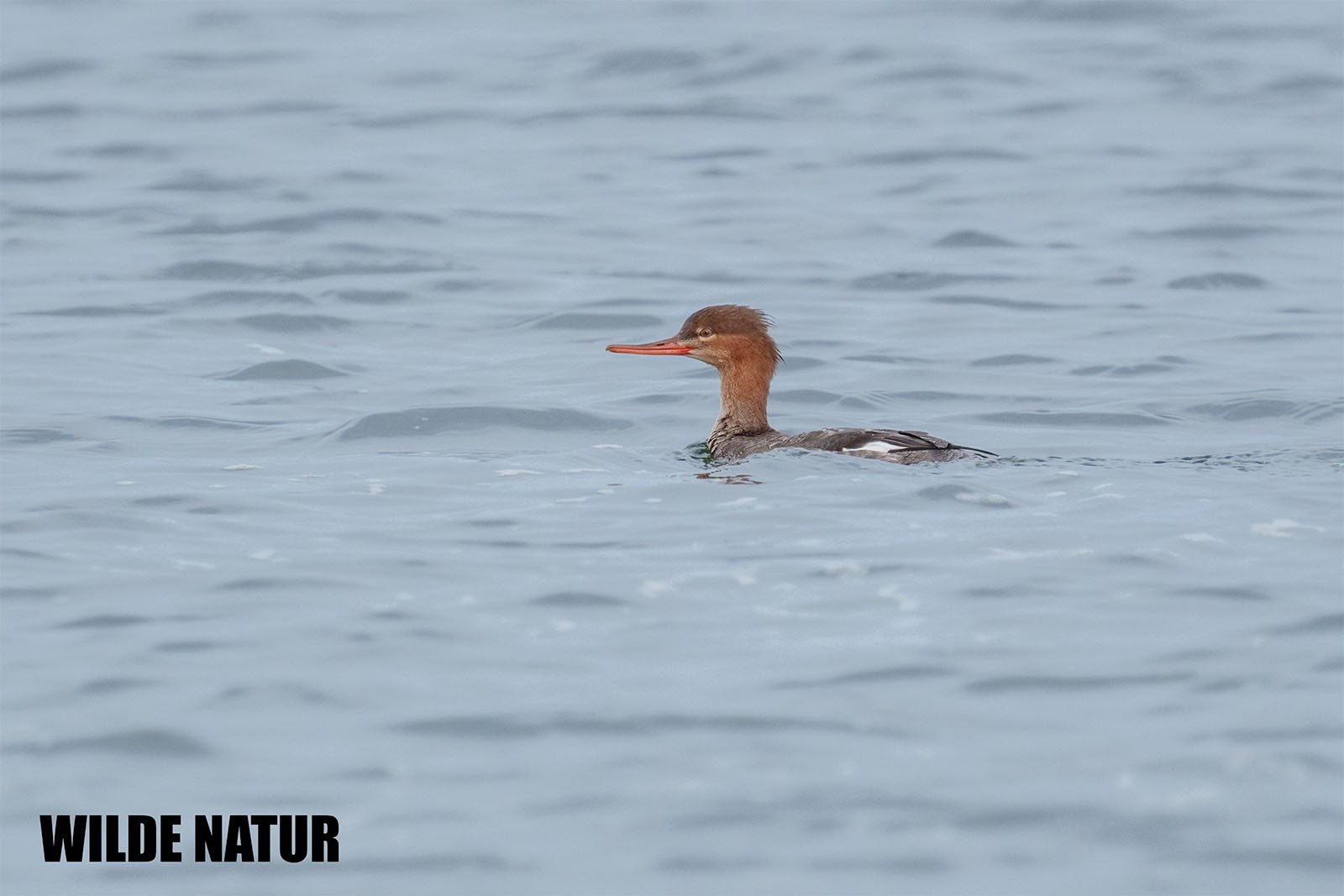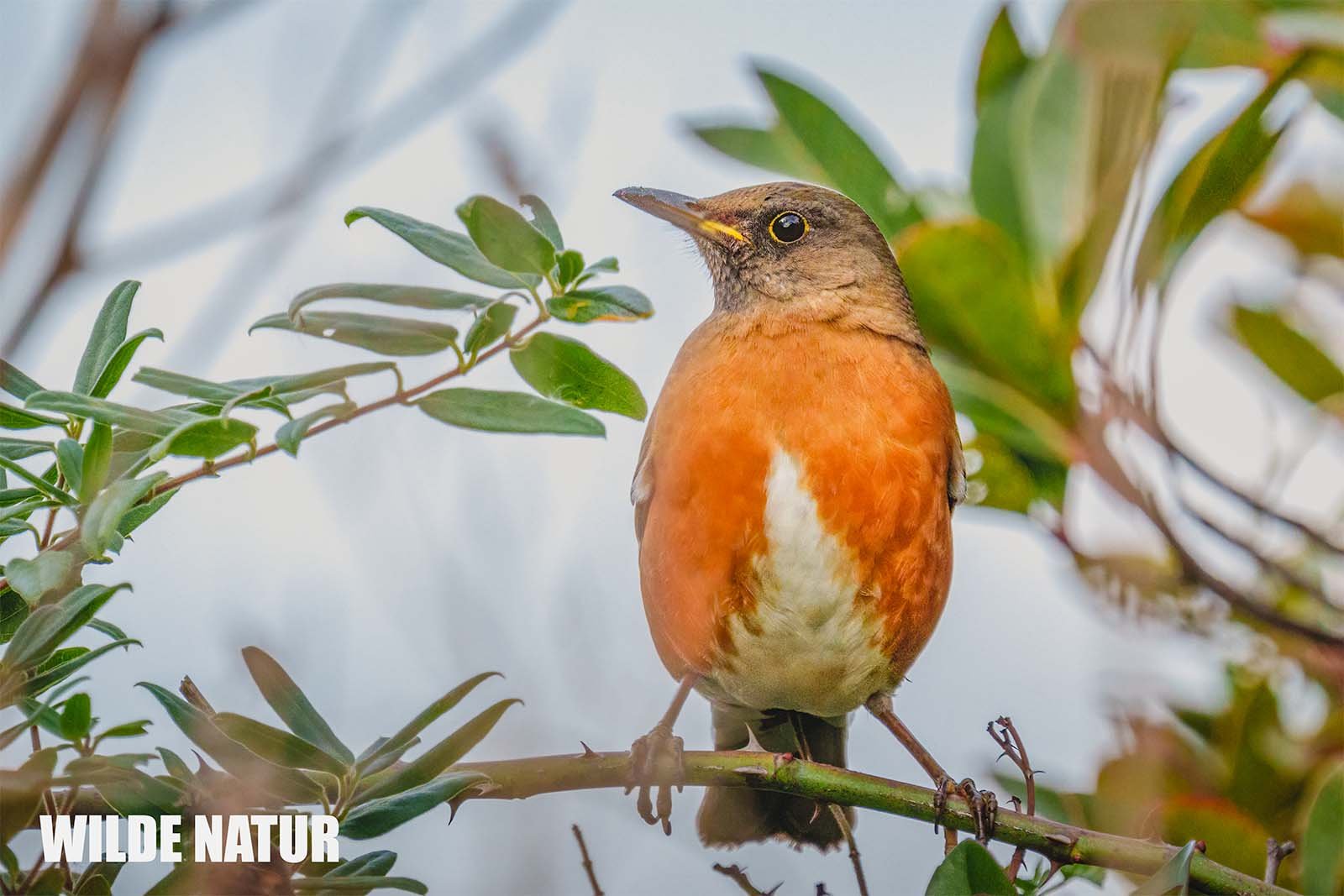Whinchat (Saxicola rubetra)
Whinchat (Saxicola rubetra)
The Whinchat – The Charming Bird of Open Landscapes
Learn about the Whinchat (Saxicola rubetra): habitat, diet, appearance, and breeding. A small and colorful songbird for meadows and moors!
Table of Contents
- Key Facts: Whinchat at a Glance
- Introduction: A Small Bird with Big Impact
- Appearance: Small Details with Big Effect
- Habitat: Meadows, Moors, and Open Spaces
- Breeding: Hidden Nests in Grass
- Diet: A Skilled Insect Hunter
- FAQ: Frequently Asked Questions About the Whinchat
- Quick Facts – Color Features
Key Facts: Whinchat at a Glance
- Size: 12–14 cm (4.7–5.5 inches)
- Weight: 13–20 g (0.5–0.7 oz)
- Feathers:
- Chest: Reddish-brown
- Throat: Creamy white
- Back: Dark brown with fine patterns
- Wings: Brown with light edges
- Tail: Dark with a lighter underside
- Distinct light eyebrow stripe, dark eye area
- Beak: Small, slim, black, slightly curved
- Eyes: Large, dark brown to black, lively expression
- Feet: Black, slim, with long toes and sharp claws
- Habitat: Wet meadows, moors, heathlands, field edges
- Range: Europe, Asia, winters in Africa
- Breeding:
- 5–6 eggs, incubation: 11–14 days, nestling period: 12–14 days
- Diet: Insects, spiders, worms, occasionally berries
Introduction: A Small Bird with Big Impact
The Whinchat (Saxicola rubetra) is a small, colorful songbird that stands out with its reddish-brown chest and striking eyebrow stripe. It is a common resident of meadows, moors, and open areas, where it watches for prey from perches like fences or shrubs. This charming bird not only fascinates birdwatchers but also nature enthusiasts who admire its lively behavior and elegant flight style.
Appearance: Small Details with Big Effect
The Whinchat is known for its warm colors and distinctive markings. Its reddish-brown chest contrasts beautifully with its creamy white throat. One of its most noticeable features is the bright eyebrow stripe that runs from the base of its beak to behind its eyes. This stripe highlights the bird's dark eye area and gives it a watchful expression.
Its back is dark brown with fine patterns, helping it blend perfectly into its surroundings. The wings are brown with lighter edges that create a golden shimmer when in flight. Its short, dark tail has a lighter underside that becomes visible when the bird moves between perches.
The Whinchat’s small, slightly curved black beak and large, lively eyes add to its graceful appearance.
Habitat: Meadows, Moors, and Open Spaces
The Whinchat prefers open, structured landscapes like wet meadows, moors, heathlands, and field edges. It thrives in areas with low vegetation, which provides cover for its ground nests and ample opportunities for hunting insects.
It can be found across Europe and Asia during the breeding season. In winter, it migrates to Africa, where it spends the colder months in warmer climates. From perches like shrubs, fences, or tall grasses, the Whinchat scans its surroundings for food.
Breeding: Hidden Nests in Grass
Whinchats build their nests well-hidden on the ground, often in tall grass or dense vegetation. The nests are made from grass, moss, and animal hair to protect the eggs and keep them warm.
A clutch usually consists of 5–6 eggs. The female incubates them for 11–14 days while the male watches the area. Once hatched, both parents feed the chicks. After 12–14 days, the young birds leave the nest but remain near their parents for several weeks.
Diet: A Skilled Insect Hunter
The Whinchat mainly feeds on small insects like beetles, flies, and grasshoppers, as well as spiders and worms. In late summer and autumn, it occasionally adds berries to its diet.
It hunts from perches, carefully observing its surroundings and then flying swiftly to catch prey on the ground or in the air. This hunting method highlights its precision and agility.
FAQ: Frequently Asked Questions About the Whinchat
1. Where does the Whinchat live?
It lives in open landscapes like meadows, moors, and heathlands.
2. What does the Whinchat eat?
Its diet includes insects, spiders, worms, and occasionally berries in autumn.
3. How big is the Whinchat?
It measures about 12–14 cm (4.7–5.5 inches) in length and weighs 13–20 g (0.5–0.7 oz).
4. When does the Whinchat breed?
The breeding season begins in spring. It lays 5–6 eggs, which are incubated for 11–14 days.
5. Why does the Whinchat have a bright eyebrow stripe?
The eyebrow stripe is a distinctive feature that highlights its dark eye area and helps identify the species.
Quick Facts – Color Features:
- Chest: Reddish-brown
- Throat: Creamy white
- Back: Dark brown with fine patterns
- Wings: Brown with light edges
- Tail: Dark with a lighter underside
- Eyes: Dark brown to black, surrounded by a light eyebrow stripe



